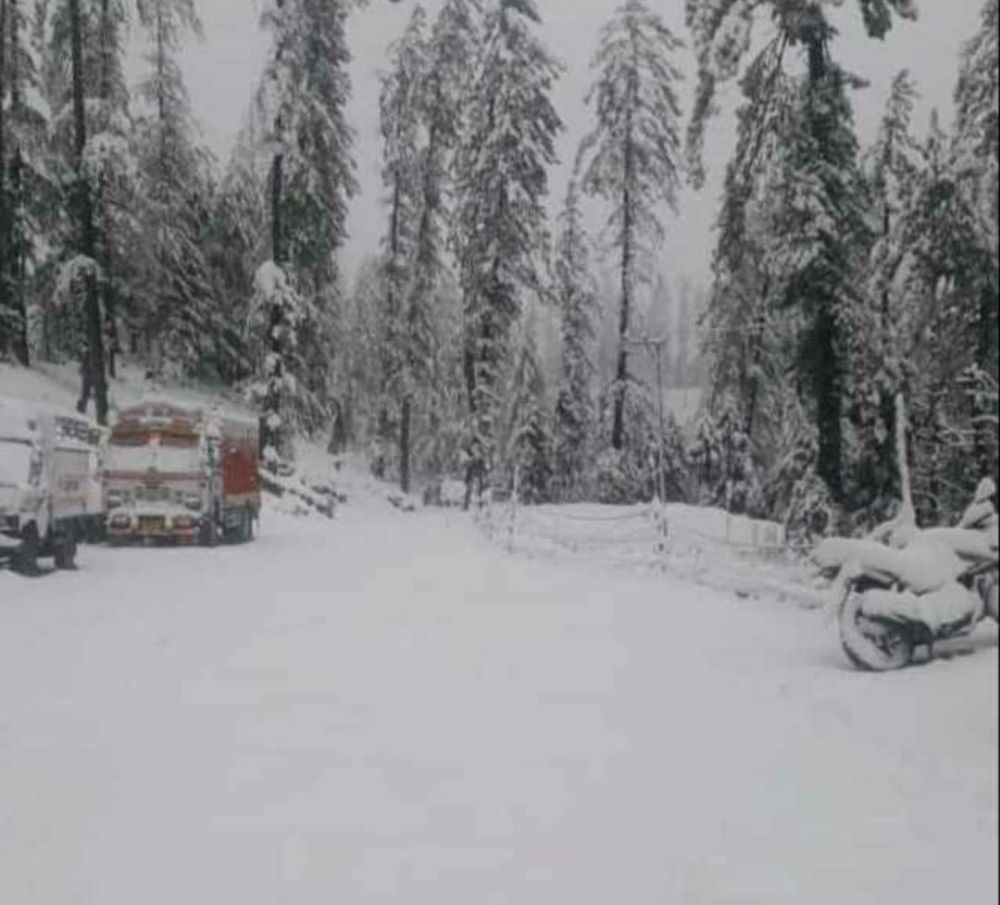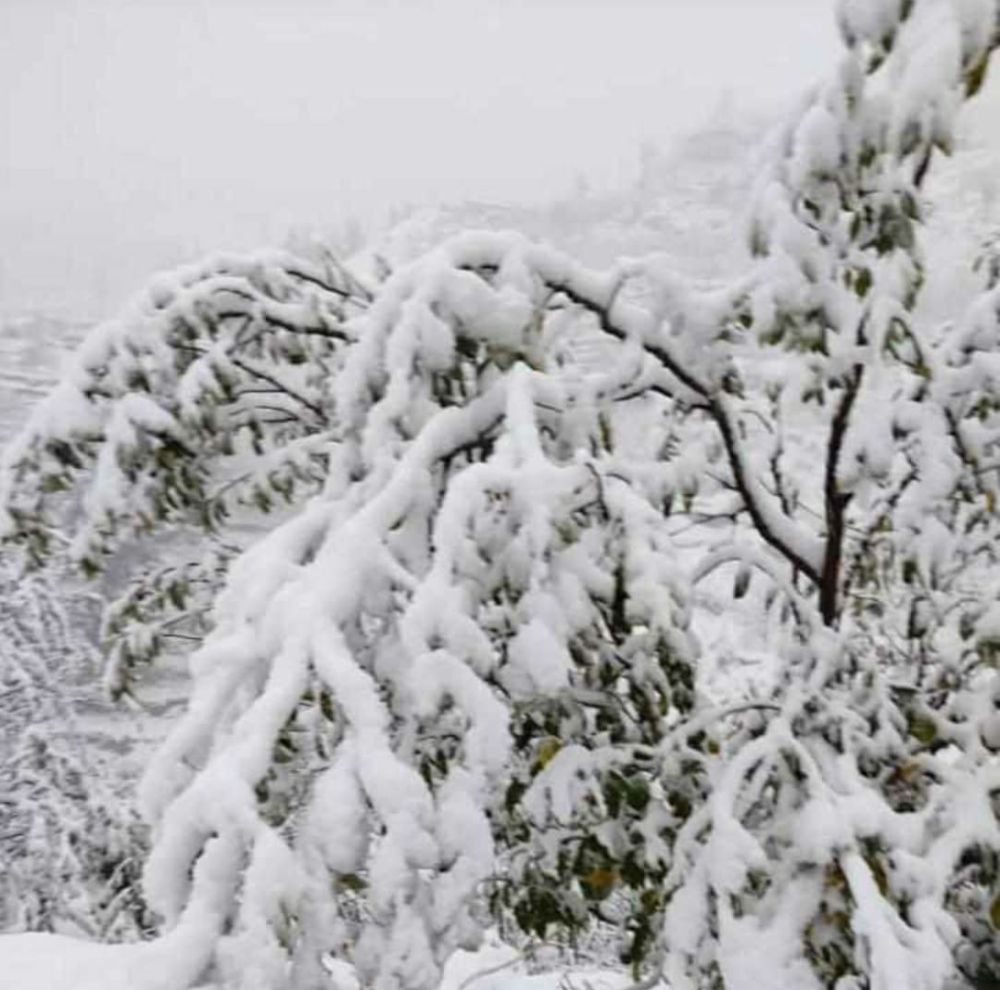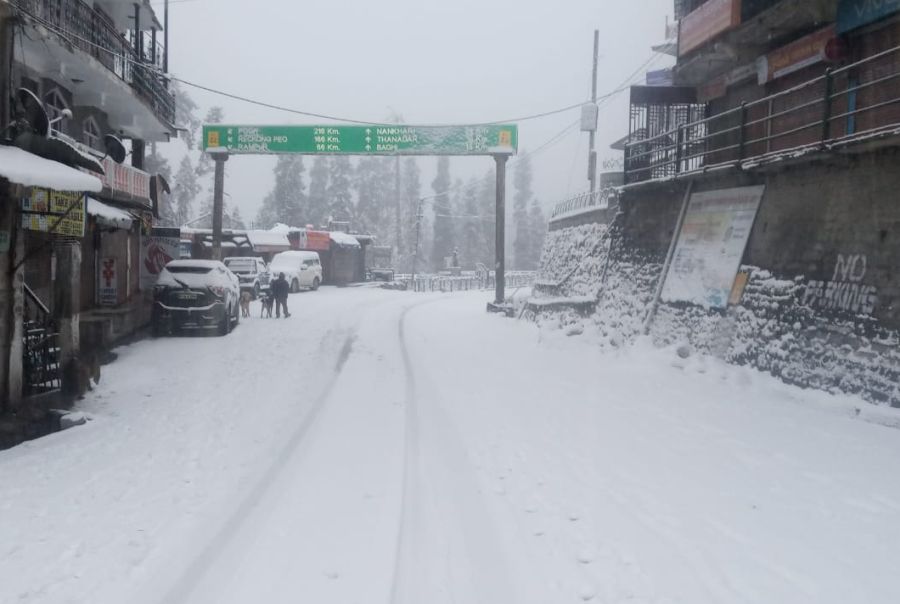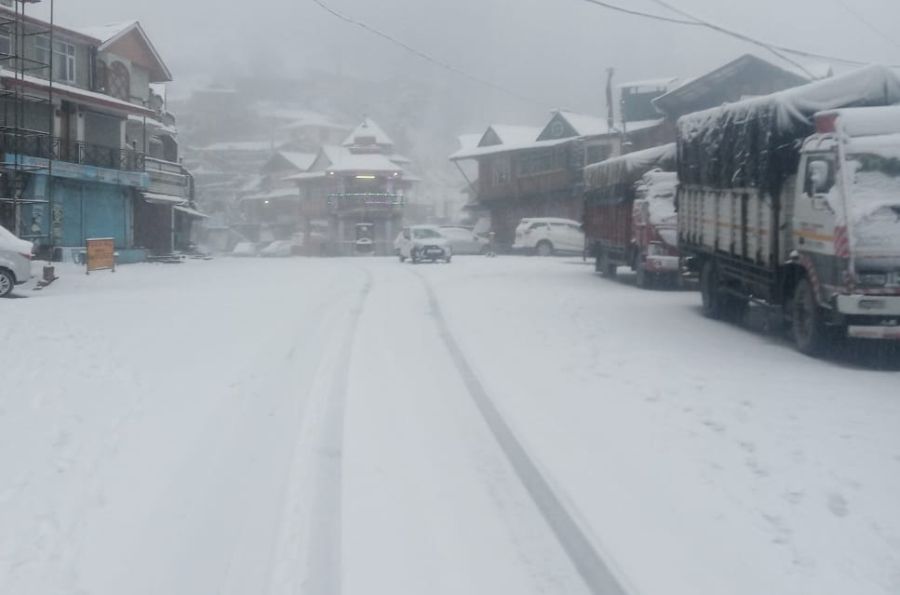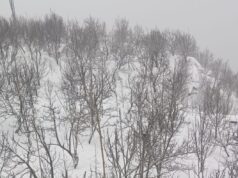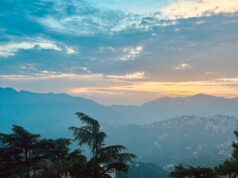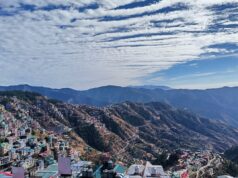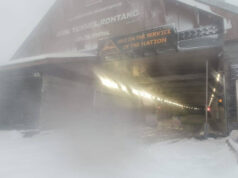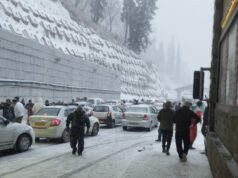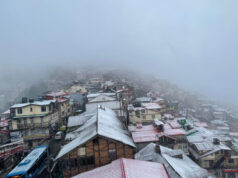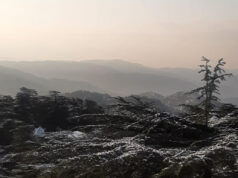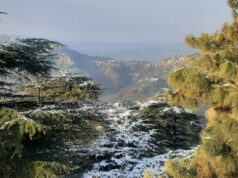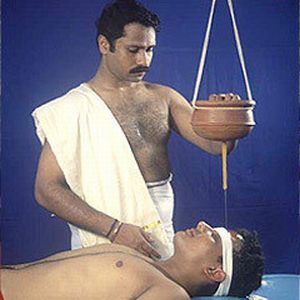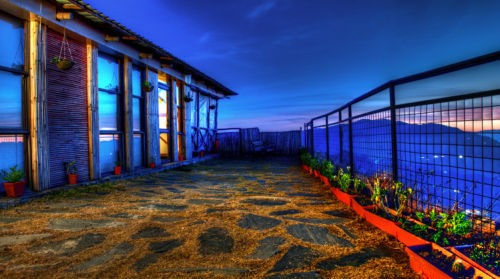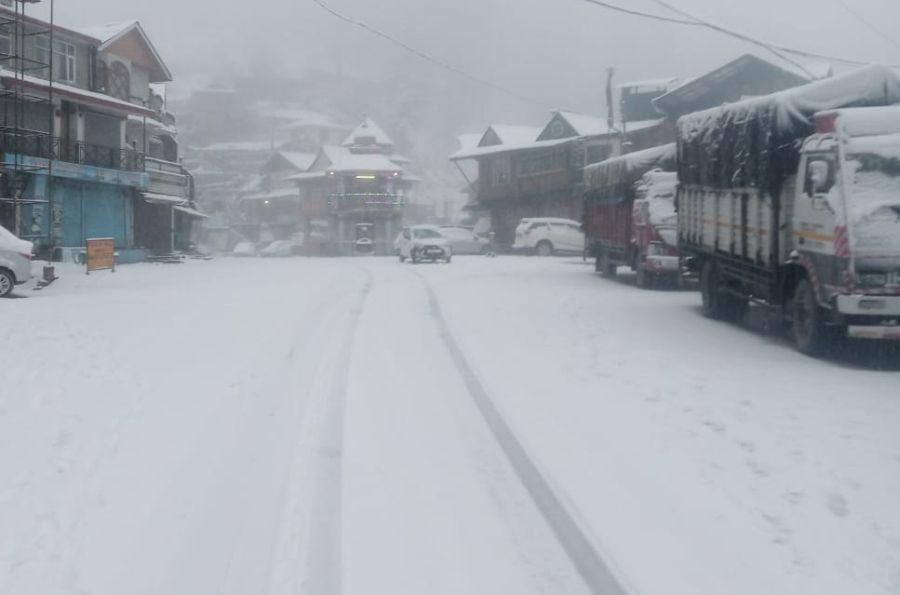
The western disturbances (WD) are known to bring moderate to heavy spells of snowfall during the months of December and March in the Western Himalayan regions and hill stations like Narkanda.
Even as climate change is twisting the well-established snowfall pattern in the Himalayas, the timing of snowfall is also changing.
A few decades back, Narkanda used to experience half a dozen feet of snow from November to March months. This period has shifted to December to April span. In 2013, Narkanda experienced snowfall as late as last week of April.
While temperature and humidity play a crucial role in snow formation in clouds – altitude, topography, distance from the equator are three major variables affecting the amount of solid precipitation on ground.
For past 15-20 years, Narkanda has experienced the highest average snow precipitation in January and February months. This is the best time to experience snowfall in Narkanda.
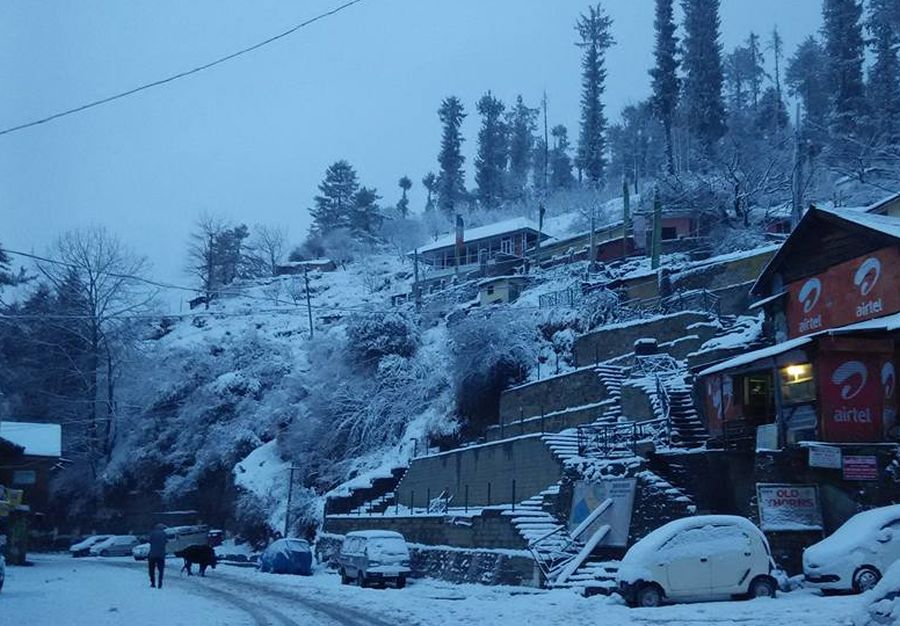
Why is winter best time to visit Narkanda?
Contrary to popular beliefs, winter is the best time to visit Narkanda town. The experience of walking on crisp powdery snow in bright sunshine is something that you would cherish for the rest of your life. Winter is a great time to travel if you’re on a shoe-string budget. Among others, winters in Narkanda offers perks like:
- Less to no crowd
- Snow sports like skiing, ice-skating, glissading, and snowboarding.
- Fun games like playing dodgeball with snowballs, building a snowman, snowball fight and sledding
- Snow trails like Sara meadows, Hatu peak trail, and Narkanda-Baghi trail
- Snow drives
- Needless to say, peace and tranquillity
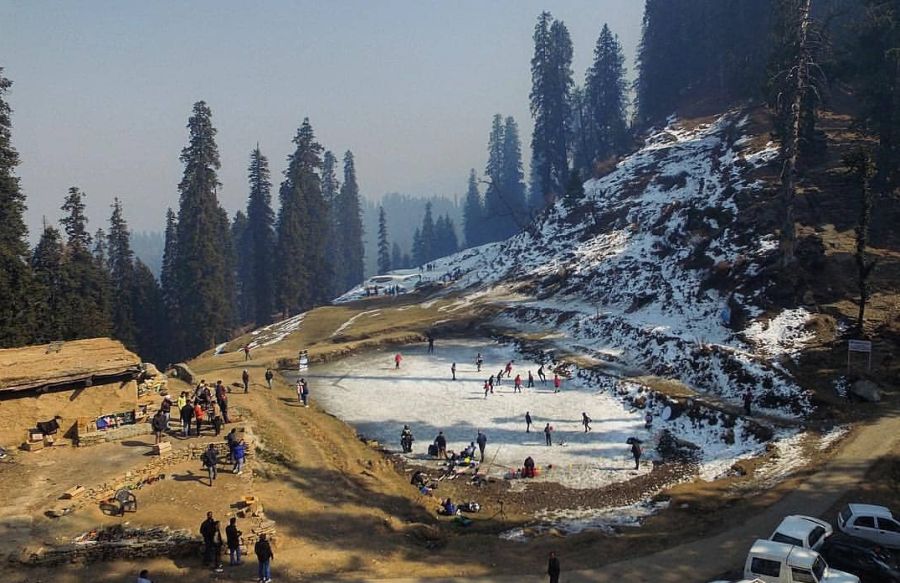
What to do in Narkanda during the winter months?
You can revel in a multitude of activities during winters in Narkanda. If you are into winter sports, Dhomri slopes of Narkanda is your best bet for skiing and snowboarding.
You can take a skiing course at High Altitude Trekking and Skiing Centre, Narkanda if you are unfamiliar with winter sports. It is operated by the Government of Himachal Pradesh. Y0u can reach out to them at 01782 – 242406.
One can also relish simple but profound winter experiences too. Exhilarating moment of joy one feels when watching snowflakes falling in slow-mo is one such experience. Winter is the best time to find you! Imagine, sitting beside a fireplace and hearing the sounds of cracking woods while it is snowing outside – one of the joys offered by winters in the Himalayas.
For outdoor lovers, Narkanda has plenty to offer. You can go on a snow drive and explore nearby villages like Baghi, Khadrala, and Sungri. One can go on a hike to Hatu peak and visit Hatu temple built in the quintessential pahari temple architecture – Kathkuni.
Is Narkanda worth visiting during winters?
Narkanda is an oasis of tranquillity, particularly during winters. The unique winter experience makes it worth visiting during the winter season. Located at an altitude of 2700 m, the small town of Narkanda is well-connected to the capital city of Shimla by National Highway 05.
The unmatched experience of driving through the Himalayan cedar forest of Shimla Reserve Forest Sanctuary and catchment area, Kufri and Fagu town alone makes it worth a visit.
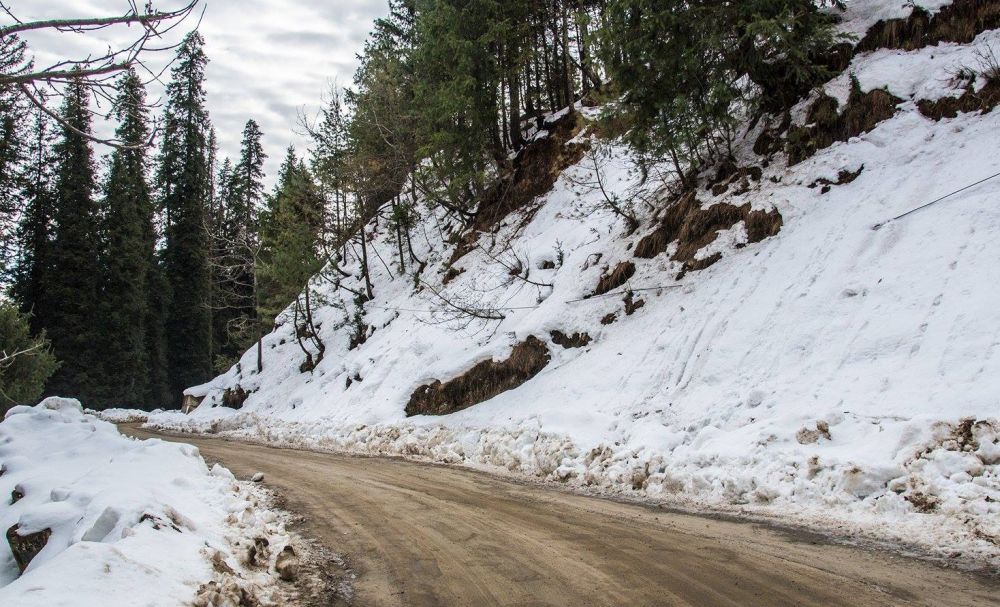
What are best places to visit around Narkanda during winters?
There are a bunch of bucket list places to visit around Narkanda during winters. Here are some of our best picks:
- Kotgarh (15 km drive from Narkanda)
- Tanni Jubbar Lake (10 km drive from Narkanda)
- Hatu Peak and temple (7 km drive from Narkanda)
- Dhomri Ski slopes (10-min walk from Narkanda bus stand)
- Sara meadows (25 km from Narkanda)
- Jau or Jaw Bagh meadows
- Baghi village (15 km drive from Narkanda)
- Sungri and Nasari village (40 km drive from Narkanda)
- Khadrala (40 km drive from Narkanda)
- Nankhari village (35 km drive from Narkanda)
- Ratnari village (20 km drive from Narkanda)
- Rampur Bushahr town (65 km drive from Narkanda)
- Satluj River bank view (30 km drive from Narkanda)
Places like Kotgarh, Tani Jubbar Lake, Hatu Peak, Baghi, Sungri, Ratnari, and Khadrala are accessible by road, one needs to take a hike to reach Dhomri Ski slope and Jau (also spelled as Jaw) Bagh. Jaw Bagh is a 15-minute walk from Hatu Peak.


